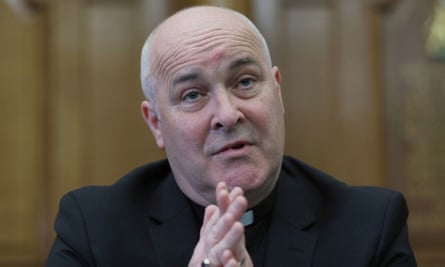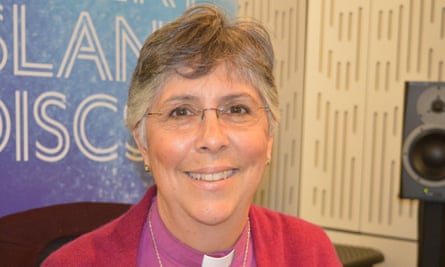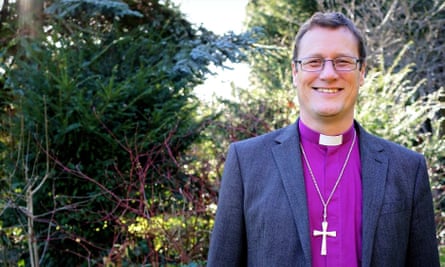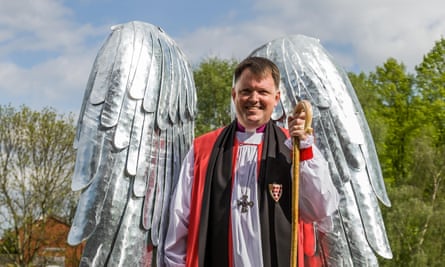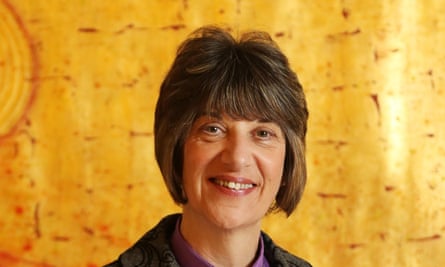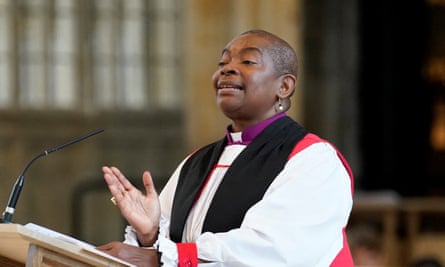Justin Welby’s resignation will trigger a search for the 106th archbishop of Canterbury, a role that combines moral and spiritual leadership, ceremonial duties, a seat in the House of Lords, oversight of Anglican churches in more than 160 countries, and the day-to-day management of a large but declining English institution.
Stephen Cottrell, the archbishop of York, is expected to step up to the number one position in the Church of England until a new archbishop of Canterbury can be appointed – a process that will take several months. Many in the church and beyond will be hoping that the successful candidate is a woman or person of colour – or both.
However, after Welby was forced to quit in disgrace, some potential candidates might decide that the near-impossible job of managing the C of E’s inexorable decline, holding its warring factions together and effectively tackling the issues around abuse is not for them. Others, of course, may feel they could make a better fist of it.
The Crown Nominations Commission (CNC) is the opaque body that does the legwork in appointing archbishops of Canterbury. Its recommendation goes to the prime minister, who then conveys it to the king, who actually makes the appointment.
It will consist of the archbishop of York, another senior bishop, six members of the church’s ruling body, the General Synod, three representatives of the diocese of Canterbury and five members chosen from the global Anglican Communion. A chairperson will be appointed by Downing St.
Previously there were more Canterbury and fewer global representatives, but Welby pushed through a change in order to give the process greater international legitimacy. But the global church tends to be more conservative. Their representatives on the CNC may be less keen to embrace the first female archbishop of Canterbury or someone who has advocated for LGBT+ inclusivity.
There will be many who think it is time for a woman to lead the C of E. Since Welby forced through the appointment of female bishops early in his tenure, more than two dozen have been appointed, and several are thought to be in the frame to succeed him. Equality campaigners say the appointment of another white man will reinforce the impression that the C of E is unrepresentative of the UK’s diversity.
Age is another factor. Archbishops are obliged to retire at the age of 70, which may rule out a number of experienced bishops who would only be able to serve a few years.
So who might be in the running?
Stephen Cottrell, archbishop of York
Stephen Cottrell, the archbishop of York. Photograph: Yui Mok/PAAlthough Cottrell is popular for his down-to-earth and cheerful approachability and respected for his skill in navigating the thorny issues dividing the C of E, his age (66) is likely to rule him out – even if he wanted the top job. An Essex boy who was educated at a secondary modern and later a polytechnic, he became archbishop of York in 2020.
Guli Francis-Dehqani, bishop of Chelmsford
Guli Francis-Dehqani, the bishop of Chelmsford. Photograph: Sarah Taylor/BBC Radio 4/PAAged 58, Francis-Dehqani’s father was the Anglican bishop of Iran but the family was forced to flee the country during the 1980 revolution. She was appointed bishop of Chelmsford in 2021 and took a seat in the House of Lords. She is admired for her emphasis on Christian service rather than a managerial approach, and is broadly in favour of LGBT+ inclusivity.
Martyn Snow, bishop of Leicester
Martyn Snow, the bishop of Leicester. Photograph: Leicester anglicanSnow has been bishop of Leicester since 2016, and took a seat in the House of Lords in 2022. Aged 56, he is the lead bishop for issues of sexuality within the church, and abstained during a vote at the General Synod last year on the introduction of standalone services to bless same-sex couples. He has spoken out on issues of racial justice, including “taking the knee” at Leicester cathedral during Black Lives Matter protests in 2020.
Graham Usher, bishop of Norwich
Graham Usher, the bishop of Norwich. Photograph: Peter Lopeman/AlamyAged 54, Usher has a reputation for being a committed environmentalist – he is the lead bishop on environmental issues – and voted in favour of services to bless same-sex couples. He grew up in Ghana, became bishop of Norwich in 2017, and took a seat in the House of Lords in 2023.
Rachel Treweek, bishop of Gloucester
Rachel Treweek, the bishop of Gloucester. Photograph: Thousand Word Media Ltd/AlamyTreweek was the first woman to be appointed a diocesan (senior) bishop in 2015 and was the first female bishop to sit in the House of Lords. She has said that she believes God to be neither male nor female, has criticised the C of E’s lack of diversity, and has campaigned around negative body image among girls and young women. She is 61.
Paul Williams, bishop of Southwell and Nottingham
Paul Williams, the bishop of Southwell and Nottingham. Photograph: Southwell anglicanAged 56, Williams is a conservative evangelical who became bishop of Southwell and Nottingham in 2015, and entered the House of Lords in 2022. He is associated with those in the C of E who are resistant to change and want to see the church affirm “orthodox” teaching on issues such as sexuality.
Rose Hudson-Wilkin, bishop of Dover
Rose Hudson-Wilkin, the bishop of Dover. Photograph: ReutersBorn in Jamaica, in 2019 Hudson-Wilkin became the first black woman to be appointed a bishop in the C of E. Some progressives would be delighted if she were appointed to the top job as a powerful symbol of change. But there are many factors against this: her age (63); the fact that she is a suffragan (junior) bishop; her criticism of what she describes as the C of E’s “institutional racism”; and her tendency to speak her mind on most issues.
∎
